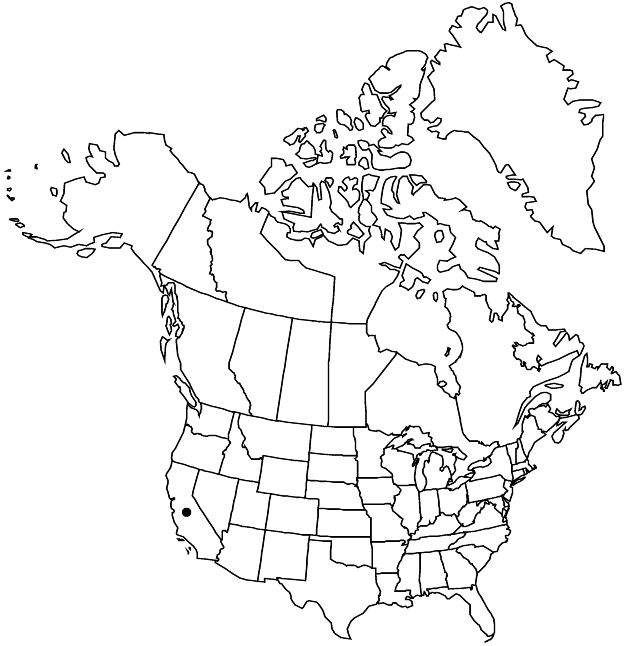Difference between revisions of "Ceanothus spinosus"
Fl. N. Amer. 1: 267. 1838.
FNA>Volume Importer |
imported>Volume Importer |
||
| Line 47: | Line 47: | ||
|publication year=1838 | |publication year=1838 | ||
|special status= | |special status= | ||
| − | |source xml=https:// | + | |source xml=https://bibilujan@bitbucket.org/aafc-mbb/fna-data-curation.git/src/bb6b7e3a7de7d3b7888a1ad48c7fd8f5c722d8d6/coarse_grained_fna_xml/V12/V12_319.xml |
|genus=Ceanothus | |genus=Ceanothus | ||
|subgenus=Ceanothus subg. Ceanothus | |subgenus=Ceanothus subg. Ceanothus | ||
Revision as of 21:08, 27 May 2020
Shrubs, sometimes arborescent, evergreen, 2–6 m. Stems erect, not rooting at nodes; branchlets green, thorn-tipped or not, round to ± angled in cross section, rigid, glabrous or sparsely puberulent. Leaves: not fascicled; petiole 4–7 mm; blade ± cupped, elliptic to oblong, 11–35 × 8–29 mm, base cuneate to rounded, margins entire, apex obtuse to weakly retuse, abaxial surface pale green, not glaucous, sometimes puberulent on midribs, adaxial surface green, shiny, glabrous; pinnately veined. Inflorescences axillary, paniclelike, 4–17 cm. Flowers: sepals, petals, and nectary pale blue to blue. Capsules 4–6 mm wide, not lobed; valves smooth, not conspicuously viscid, not or weakly crested. 2n = 24.
Phenology: Flowering Jan–May.
Habitat: Rocky slopes, coastal sage scrub, chaparral.
Elevation: 60–900 m.
Distribution

Calif., Mexico (Baja California).
Discussion
Like Ceanothus incanus, plants of C. spinosus are polymorphic for the presence of thorn-tipped branchlets. Putative hybrids with C. thyrsiflorus and C. oliganthus var. sorediatus have been reported (M. Van Rensselaer and H. McMinn 1944).
Selected References
None.